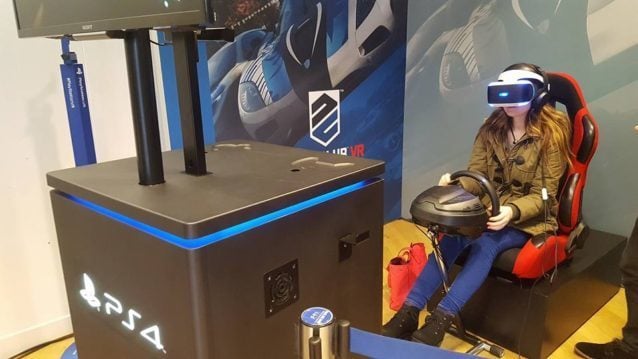
The growing influence and presence of Virtual Reality gets stronger with every passing day in the gaming industry. Headsets like the HTC Vive and Oculus Rift are currently in consumers hands and opening up the ever-present tech to audiences like never before.
PC gaming seems like the most obvious home for such an experimental experience, with the VR capabilities very much still in it’s formative years. However, PlayStation have seized an opportunity to offer VR to an even larger pool of consumers with their own PlayStation VR — an ‘entry level’ headset that aims to change the gaming landscape as we know it. We went hands-on with the PSVR and Driveclub VR to see if Sony’s offering delivers in what it aims to achieve.
Before we go into the details about my experience with Sony’s latest peripheral, I feel necessary to disclose fully that I am totally new to the Virtual Reality realm. To add further, I’ve never been excited nor in disdain toward it’s recent popularity and hype. I went in as a total newbie, hoping to be enchanted by what it has to offer. With this in mind, my impressions of the headset and DCVR are not in comparison to similar high-end products available on the market.
GTPlanet were given the opportunity to try the Playstation VR out during Sony’s ‘Future of Play’ tour which arrived in Glasgow’s ‘Buchanan Galleries’ mall on last Thursday morning. The event took place in a reformed retail store and housed an impressive number of demos and interesting displays (one of which was the PlayStation 4 Pro hooked up to a tasty 50-inch 4K TV). The demos that players could try included Batman, EVE Valkyrie, Battlezone and our tipple of choice — Driveclub VR.
The time given to experience the PSVR was pretty slim. The event was very busy and each game gave players roughly 10 minutes with the device. Surprisingly, Driveclub VR seemed less popular than other games, although sadly that didn’t change how long I could have to play the game since you had to ‘book’ a time-slot to try out the device.
With such a small window to impress, PlayStation VR would really need to show off what it could do since for many this would be the only experience that could make them drop the hefty £350 asking price. After a short waiting time, my name was called out and thus the maiden venture into Virtual Reality was about to begin.
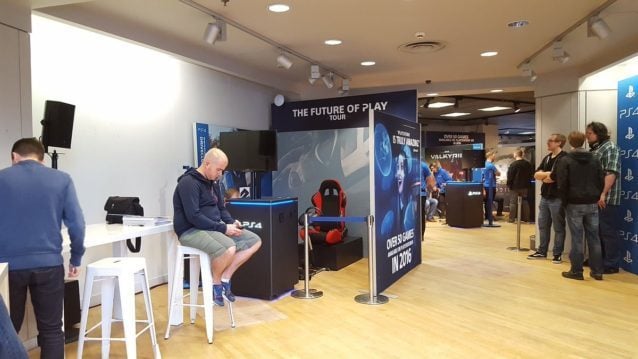
The set-up for Driveclub VR was very impressive for what was essentially a roadshow touring the country over the span of a few weeks. A Thrustmaster T300RS was housed on a Wheel-Stand Pro complete with a full-motion simulator seat that emulated what happened in-game. Despite there being such a small window to experience the game, Sony obviously wanted Driveclub to feel as impressive as possible — from a sim-racing enthusiast perspective it was great to see a full rig for players to try out since many won’t even have a wheel in their home (never mind a quality product like the T300).
The event was completely controlled from the off-set. The member of Sony staff placed the PSVR headset onto my head and calibrated it themselves. I was given no freedom to try this for myself so unfortunately I cannot comment on how easy it was to get it set-up for my eyes. Although, it did seem like it was a simple case of pressing a button, as set-up took seconds.
The first thing noticeable is the weight (or lack-of) when the PlayStation VR is placed on your head. Given the considerable size of the headset I expected it to be instantly noticeable in regards to heaviness but I’m happy to report it seemed as light as it could be: I had no issues with moving my head around during my time with the device.
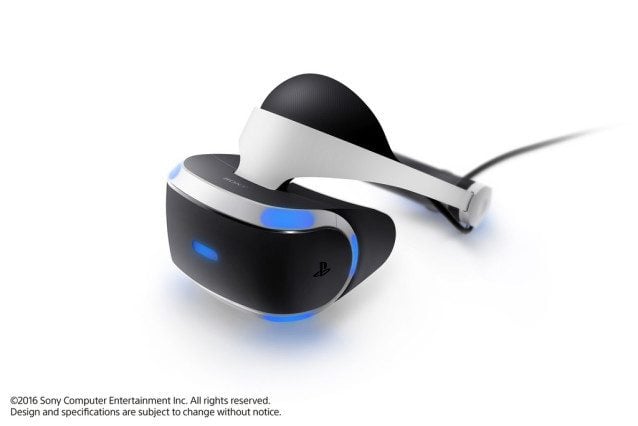
Linking in to this, the head-tracking is perfectly 1:1. I didn’t feel like the device was letting me down at any point even during the intense racing of DCVR — it does feel like how your eyes would perceive regular life, so pass marks to Sony for the sensation of immersion created with the movement capture. Immersion is the key attribute PSVR needs to feel like reality and unfortunately there’s one key area, arguably the most important, that lets the device down in my eyes: the display.
The PSVR uses a 1920 x RGB x 1080 resolution on it’s OLED screen and it simply doesn’t feel like it’s enough. As soon as you put the headset on, you realize instantly that you’re using something that is trying to mimic the feeling of realism as opposed to aiming to feel ‘real’ in a native or natural sense. It was immediately disappointing for me since a lot of the impressions I’ve read didn’t mention this at all and opted to gawk over the vastly more impressive head-tracking from the device.
The lack of smooth imagery is the real kicker, everything on-screen from menus to in-game instantly reminds you that this is a virtual experience like any other gaming peripheral, as opposed to ‘Virtual Reality’. Artifacting was present throughout my time with the device but nothing major enough to ruin the overall feel of using the PSVR.
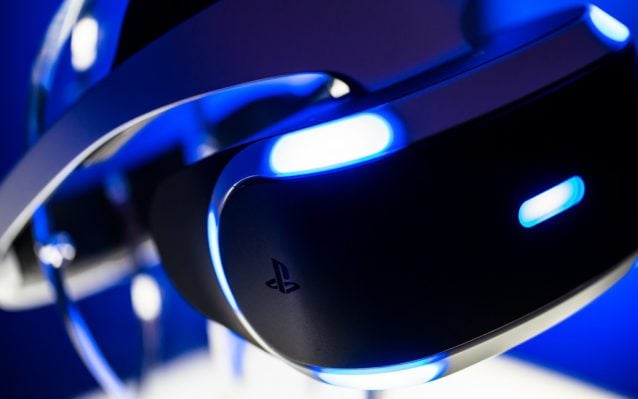
The fact there are no in-built speakers adds to the issues: it’s entirely possible your average consumer will be using a piece of £350 tech alongside a pair of £10 headphones. For an experience that relies heavily on sound quality as much as the display to feel immersive, this feels like an oversight.
I can understand why it doesn’t have in-built high quality headphones from a budgetary standpoint, but it still feels like an unfortunate caveat to the whole Virtual Reality gig that further breaks the standalone impact of the PSVR.
From a purely hardware perspective, the PSVR feels like a step in the right direction, but not the finished product. Sony have done a great job at creating a more affordable VR headset than its competitors. The device feels high quality and despite its display and sound pitfalls, it provides a worthwhile experience for those who want to know what VR means in 2016.
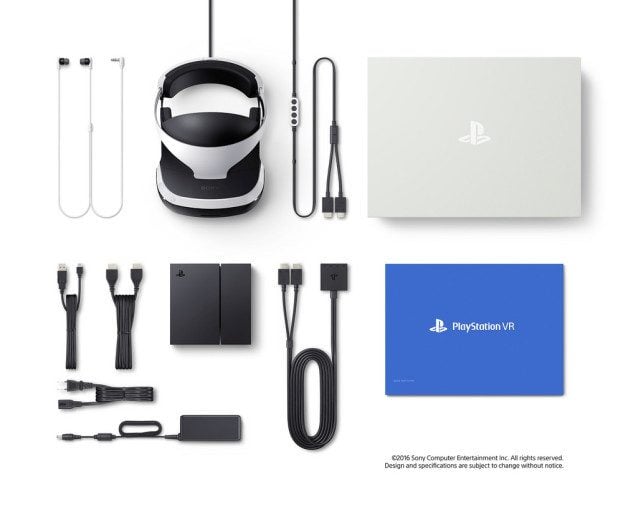
The best way of describing that experience is that of a first-step in an ambitious new technology. The PlayStation VR emulates what you would imagine VR to be like, but with the restrictions of largely affordable 2016 technology getting in the way of total immersion. The feel of VR is apparent but the actual display doesn’t have the quality that would convince you that we’re seeing the future of gaming.
Looking at the equipment used for the demo — a T300 (£230), Wheelstand Pro (£80), PlayStation Camera (£40), PSVR (£350), decent headphones (£60) and a full-motion racing rig (~£600) — it offered an optimal experience of what PSVR could offer for those racers willing to shell out over a grand for the new technology and it’s additional peripherals (assuming you already own a PS4).
That’s a substantial amount of money by any measure for an experience brilliant yet critically flawed, while the shortcomings of the headset could make the hardware a tough sell for general racing fans. To their credit, Sony seems invested in the tech for the long haul — with over 50 titles promised by year’s end — and much like other emerging technologies, the early adopters will drive the improvements to the breed.
The screen quality may not match what else is out there, but the combination of low price and relative ease of use (what with over 40 million PS4’s out in the wild) may be just what Sony needs to truly push the VR experience into the mainstream. PSVR is a fine entry-level starting point for those who want to get involved, whilst not being disheartened by the many technicalities that unfortunately hinder the experience.
Stay tuned for our first-hand experience with Driveclub VR tomorrow!
See more articles on PlayStation VR, Sony, and Virtual Reality.

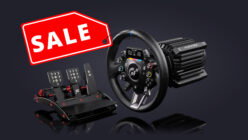









I tried the VR in a live event in Turin last month….. nice but nothing special … the feeling is “new toy with old tecnology”
Need a playstation camera and no audio speaker …
For the real VR need to wait the VR 2.0 with 4k resolution, gyroscope and internal speaker headset surround 7.1
I just realized this is all some scary stuff. Gmo food, autonomous cars, police states, bees going extinct, vr.
Only thing we missing is sex robots, mandatory prozac and alien contact.
This is the future :\
Great 1st part of your review @brend – it’s great to see an opinion of VR from a driving gamer’s perspective, and also from a VR n00b’s perspective.
Looking forward to the rest.
Cheers mate, glad you liked it. :)
I had a chance to play Driveclub VR at gamescom. The level of immersion really impressed me. I was always skeptical about VR but the idea of playing GT Sport at the Nordschleife with VR is mind-blowing. However, i see at least three problems here.
First: it’s true that PS VR does not provide the best image quality, everything looks a bit harsh, like sitting right in front of your HD TV. Second: motion-sickness could become a huge issue for the mainstream audience. It’s cool to play a game like this for a couple of laps but what about endurance racing?! Third: Polyphony Digital might end up spending years to implement VR into GT Sport…
1) I share your opinion that the image quality is not that impressive. It almost looks like playing a racing game on an SD console. Not from a “detail” point of view but from a resolution-wise.
2) motion sickness is a common issue for all titels and it’s the programmer’s job to minimize it as best as possible. IMHO, since you get a frame of reference in racing games (at least in cockpit view), racing titles should have less of an issue with it than other titles might have. But that needs to be seen. Did you experience it during your test?
3) If Project Cars, Assetto Corsa, Driveclub, Dirt and others can put out a VR version in a seemingly short amount of time, PD should be able to do so as well. I doubt VR is the main reason for the delay. It certainly is part of it but not the main holdup, as far as I can tell.
@gNNY
I only had to chance to play the game for one race with 3 laps, propably 4 to 5 minutes in total. When i left the Sony booth, i felt a little bit dizzy. I have no idea how this will work out in the long term. What i can say, however, is that the reviewer at Gamespot experienced some serious problems. He wrote: “Making sharp turns in Driveclub VR forced me to quickly take the headset off”.
good article, looking forward to the next part.
Interestingly enough, sim racing might be the only gaming category that doesn’t need much adaption to translate AAA titles into VR. One might think that the ever so popular First Person Shooter genre might be a perfect fit for VR. However, it has to deal with massive motion sickness syndroms. Everytime you move in VR by other means than your own body, the mind is having problems ajusting to that. Sitting in a car however helps in dealing with this notion. In that sense, sim racing titles might be the genre that can push the whole VR experience forward.
Another ‘good job’ from me, seemed objective and having used an Oculus DK2 for a bit with Dirt Rally and Live for Speed, the resolution is just too low, especially with driving games as you spend most of your time focused on a small area in the distance, where the pixels really stand out.
I couldn’t see how PSVR would magically overcome this at 1080p, sounds like it hasn’t.
What I’d really like to know is if the ‘Cinematic Mode’ is worth it for racing games, even if there’s no 3D but at least for a wider viewing angle.
Two questions I was hoping this review would answer:
1. Does VR make it easier to position the car, judge braking distances and speeds than a flat screen?
2. How much lower quality did the Driveclub visuals go to hit the 60fps VR requirement?
Driveclub VR thoughts will be posted today, this was solely looking at the hardware side. :)
I wasnt aware it was possile to have a motion rig on ps4? Can any1 explain?
I’m hoping that this revival of VR will finally make the technology work well this time around. Many of you were probably not alive during the first evolution of VR in the early 90’s and it was a feat of technology then and will continue to be something that people will strive to perfect. The big thing now is the “affordability” of the technology now. In its early infancy, a set like this would cost well over $10,000 U.S..
Keep the articles like this coming. My fascination with this technology shows no sign of slowing down.
Thus, the only contra is low and uncomfortable resolution.. and it’s a pitty =( Have U tried Cinematic mode? Is there low resolution afford discomfort too? I’m thinking of buying it more as alternative for TV.
Where on earth can you find a full motion racing rig for circa £600?
I may have low-balled the number a bit but you can get an entry level one for about £600-800…I was trying to make it seem even less expensive!
That was my first thought. I just want a go-kart. FUN!
You know, that’s great and all, but will it be sold in Croatia too? We don’t even have Oculus Rift here yet! What the actual ****!?
Didn’t you guys just get video games like 3 years ago?…lol.
Great objective review. Thanks!
Yes sir. Refreshingly objective.
Thanks guys. :)
crazy question please,
Multiplayer, I assume it requires 1:1 ratio of Headgear with its own PS4 ?
how about multiplayer VR in the same household, can we network two PS4’s at the same router?
Good review Brendan and I think it aligns perfectly with my expectations. Whether it’s PSVR, Rift, Vive or something else, the tech is in it’s infancy and has some ways to go in terms of visuals. Processing power catching up is a big part of that. I’ll probably skip this first gen as a result and hope for dramatic improvements in a year or two. Lots of big players in this game and lots of money to be made so I expect a “quantum leap” in the next 2-4 years.
Cheers Johnny, I think I’m the age of promo videos that show a constant ‘WOW VR’ angle, it’s important to look at it objectively and the huge price isn’t really justified from a more casual perspective as it stands.
The old infamous “quantum leap”… Never gonna let them live that one down, huh?